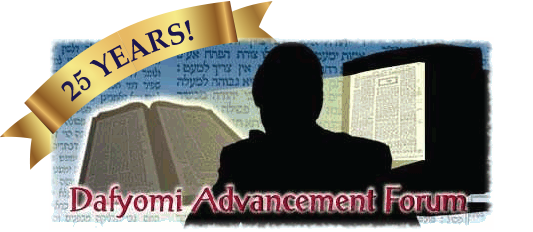What was the Tzitz?
Rashi: The Tzitz was a golden plate, two Etzba'os wide, that went across the Kohen Gadol's forehead from ear to ear.
Why is the Tzitz so-called?
R. Bachye: It stems from the word ?Meitzitz min ha?Charakim? (Shir ha?Shirim 2:9), with reference to the Shechinah. 1 2
R. Bachye: Midas Malchus (Midas ha?Din ? which eplains why it was made of gold.
It transpires that the Kohen Gadol was surrounded - by the names of the Shevatim in front - on the Choshen snf at the back - on the Eifod, by the Name of seventy-two letters ? on the bells and the psomegranates of the Me?il below and by the Shechinah ? on the Tzitz above See R. Bachye.
How many threads were used to tie the Tzitz?
Rashi (on Pasuk 37): It was tied with three threads - two at the two ends, which tied together at the back of the Kohen Gadol's neck (behind the Mitznefes), and one in the middle, which threaded through a hole, and the two ends then went over the top of the Mitznefes 1 and tied at the back, together with the other two threads.
To form a sort of hat (bearing in mind that the threads were very thick - Rashi).
Not six (or three), as Rashi explains. See Ramban's other objections.
In fact, they threaded two threads, (each one through a hole that they bored at either end of the Tzitz), which they then tied together at the back of the Kohen Gadol's neck, over the lower part of the Mitznefes (Ramban).
How were the words "Kodesh la'Hashem" written on the Tzitz?
What do we learn from "Pituchei Chosam Kodesh la'Hashem"?
Rashi (on Pasuk 11), Targum Onkelos and Targum Yonasan: The letters were (not written, but) engraved, like the letters on the seal of a signet-ring.
Kol Eliyahu and Divrei Eliyahu: PiTuCHei CHoSaM hints at the three MaFTeCHos (keys) - CHayah (birth), Techiyas ha'Mesim and Matar (rain), that belong exclusively to Hashem. 1
Ta'anis 2a: Which He did not hand over (permanently) to a Shali'ach.




